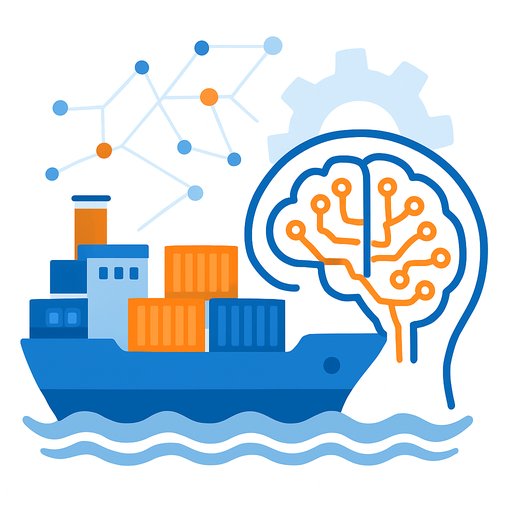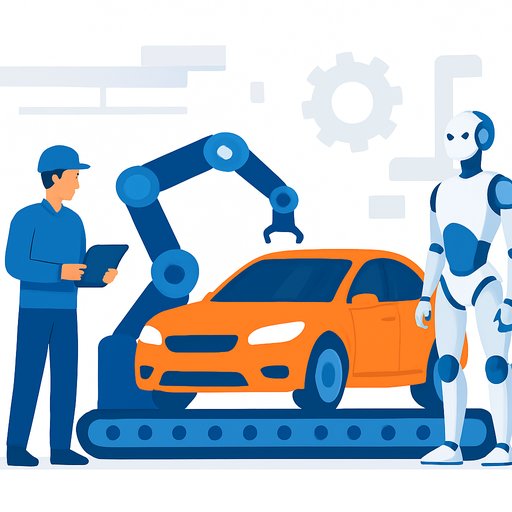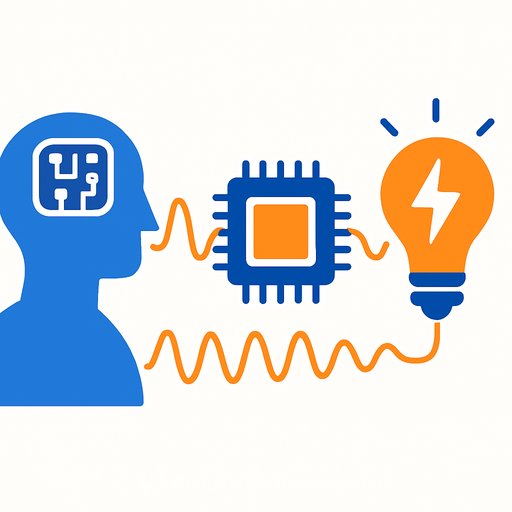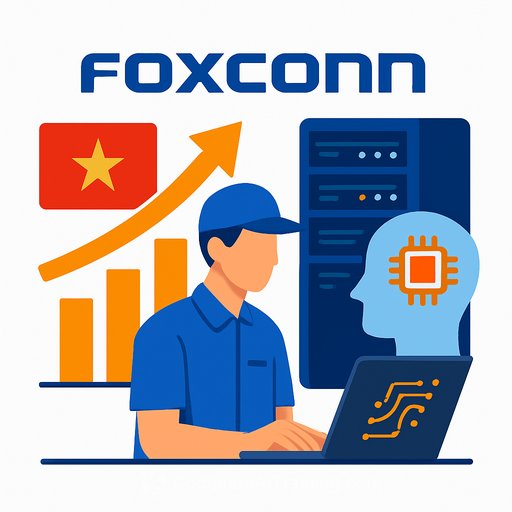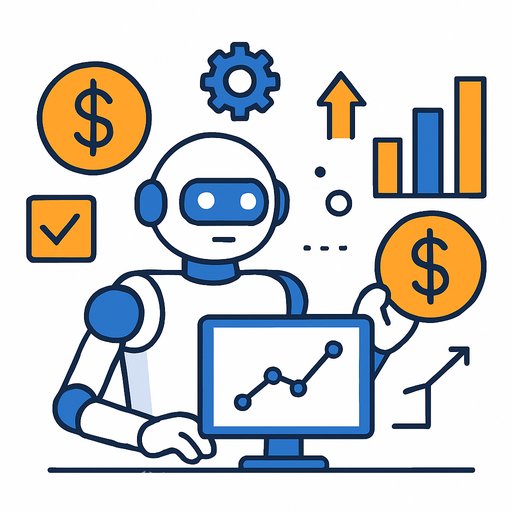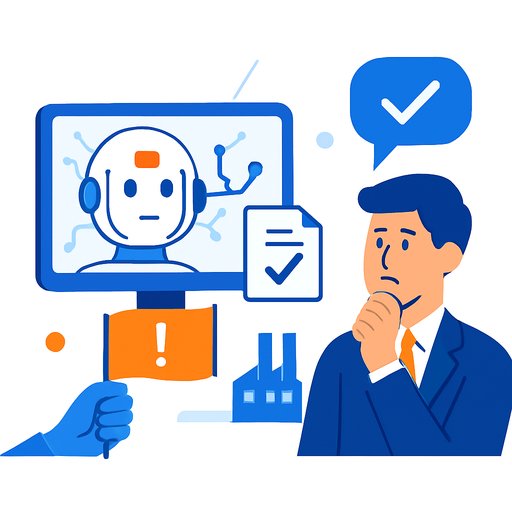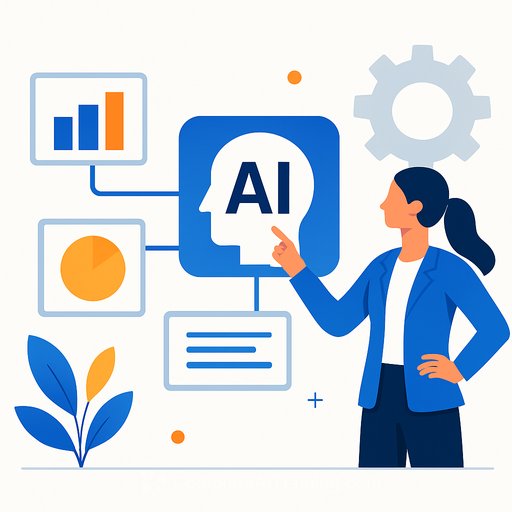AI set to become the central operating brain of vessel management within three years
Artificial Intelligence is moving from side tool to core system. Kaiko Systems says AI will act as the central operating brain of vessel management within three years, driving faster decisions and leaner workflows across ship and shore.
The industry has data in abundance, but it's scattered across inspections, logs, and maintenance records. Emir Kocer, AI Product and Strategy at Kaiko Systems, puts it plainly: "AI will stop being a collection of tools and instead become the central operating brain of vessel management."
The shift: from scattered tools to an operating brain
For years, crews and superintendents have dealt with repetitive reporting and fragmented systems. The upside of AI isn't replacing people; it's expanding their capacity.
Kocer's view is simple: free humans from low-value admin so they can focus on technical decisions and risk. "Automation to assist crew reporting is the easy part," he said. "Human eyes miss weak signals. But AI doesn't."
What Kaiko Systems is deploying today
Kaiko Systems delivers an AI-powered platform for ship managers and owners to digitise frontline workflows, sync ship-to-shore collaboration, and analyse vessel health and compliance at scale. It's built to standardise inspections onboard and onshore and to help crews meet the new SIRE 2.0 expectations.
Their AI, KAI, already assists with automated inspection support, corrosion detection, condition analysis, and structured summaries that capture what was found, where, and why it matters. The result: less manual effort, more consistent quality, and faster follow-up.
From reporting to prevention
The step-change is predictive. According to Kocer, the real impact comes from spotting anomalies early and recommending action with lead time. AI can flag: this pattern points to a maintenance job in three months-handle it now to avoid downtime later.
That transition-from documenting what failed to preventing failures-builds operational resilience. As Kocer notes, "It's not about buzzwords; it's about operational resilience. Ship owners who embrace it now have a competitive advantage. Those who don't will struggle to keep up."
Data foundation: document ingestion
Kaiko Systems is also focusing on document ingestion-turning PDFs, forms, and logs into structured, searchable data. Once the records are clean and comparable, managers can track trends across fleets and make decisions based on verified vessel-level facts, not guesswork.
What's next: AI as the vessel's operating intelligence
Kaiko Systems expects the industry to stop viewing AI as a single app. Instead, AI becomes the intelligence layer that coordinates inspections, maintenance, safety, and operations end to end.
- A unified vessel memory across inspections and maintenance
- Predictive maintenance scoring that evolves with every datapoint
- Proactive workflows that generate tasks and documentation automatically
- Cross-domain reasoning that connects hull condition, weather, and operations to predict failure before it happens
Longer term, vessel-specific AI agents could act like digital chiefs of staff and TSI assistants-systems that know each ship's history, condition, and operating profile. They won't replace crew; they'll augment them with memory, foresight, and guidance.
What this means for fleet and technical managers
Plan for AI to sit in the middle of your operating model, not on the side. That means standardising data capture, cleaning historical records, and piloting predictive use cases on high-impact assets first.
Focus on workflows that remove manual reporting, shorten feedback loops, and reduce unplanned downtime. Align KPIs to prevention (not just completion) and make sure ship-to-shore collaboration is built into the process, not bolted on later.
Near-term actions
- Map your inspection and maintenance workflows and identify repetitive reporting steps to automate.
- Centralise documents (PDFs, forms, logs) and start structured ingestion to build a reliable vessel memory.
- Pilot anomaly detection and predictive maintenance on one equipment class per vessel.
- Prep for SIRE 2.0 by standardising evidence collection and closing the loop from finding to fix.
If your team is building AI capability for operations, you can accelerate training with curated resources: AI courses by job.
Your membership also unlocks:

